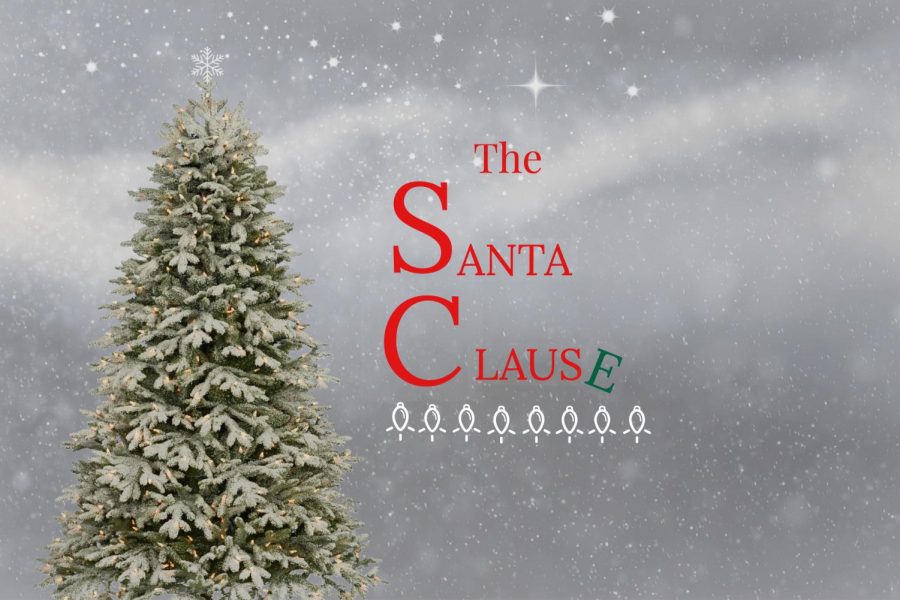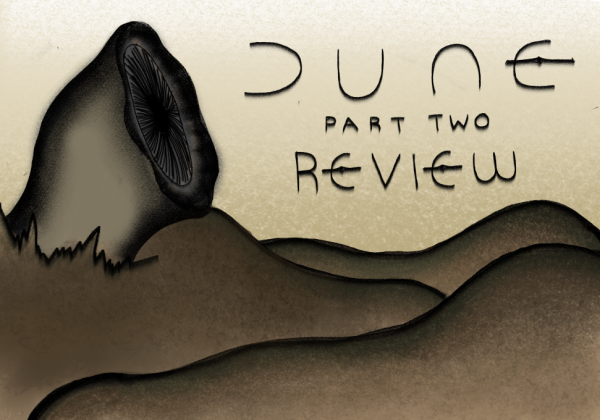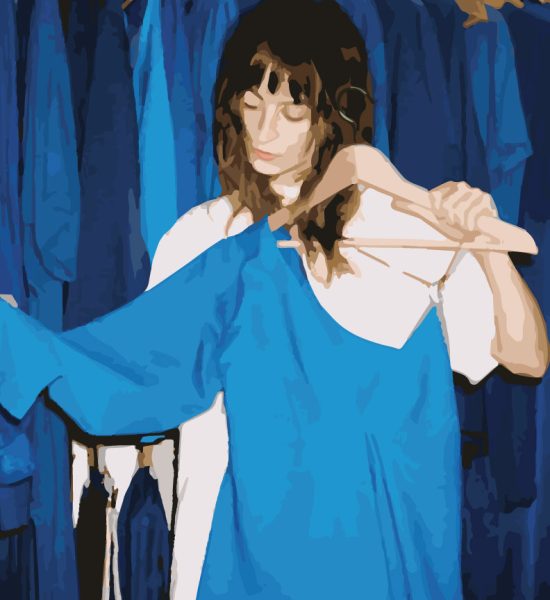Christmas Classics: ‘The Santa Clause’
Review
Ranked as the seventh highest grossing Christmas movie of all time, The Santa Clause, directed by John Pasquin, continues to excite children and adults alike over 20 years after its release. The film combines heartwarming family bonds with charming humor to keep its audience coming back year after year.
The movie introduces suburban dad Scott Calvin, portrayed by Tim Allen, trying to bond with his son Charlie on Christmas Eve, when the two discover Santa Claus on their roof. Scott ends up scaring Santa, who falls into the snowbank and passes his duties onto Scott since he is no longer capable of delivering presents. Scott reluctantly takes up this responsibility since he is bound by the contract dubbed “the Santa Clause,” a contract stating that if anything should happen to the current Santa, the person who is responsible must take his place. Scott and Charlie journey all over the world and to the North Pole, and when the two return, Charlie eagerly tells his mom, Scott’s ex-wife Laura, and Laura’s new beau Neal, all about it. The two are very concerned about Charlie’s safety and Scott’s mental health, and spend the rest of the movie trying to protect Charlie from Scott as he slowly morphs into Santa in time for the next Christmas. The movie concludes on a happy note, with Laura and Neal finally recognizing Scott as the real Santa Claus and letting Charlie deliver presents with him once more.
The family dynamic between the main characters is both dramatic and full of tension, creating a convincing storyline that will have the audience loving and hating certain personalities. Laura’s boyfriend Neal is the exact opposite of Scott, calm, realistic, and often sickly sweet when talking to anyone he considers to be irrational. Scott, on the other hand, is the dysfunctional dad trying to keep his life in order while still making a good impression on his son, Charlie. The interactions between these two father figures are some of the highlights of the movie, with Scott’s dry retorts sure to leave the audience laughing for hours. The chemistry between all of the cast members makes the family’s complicated past extremely convincing. Side characters, such as Charlie’s teacher and the police officer manning the front desk, provide comic relief in awkward situations, delivering lines such as “Bobby, we don’t say stupid and we don’t say elves. They are little people.”
The one group of cast members that don’t seem to fully embody their roles are the elves running the North Pole. It’s hardly convincing that an eight year-old kid could be portraying a mythical creature that has lived for over 1,000 years, especially when they are prancing around the North Pole with a childlike spirit, playing with Charlie, and arguing with Scott in a very elementary fashion. Having more elves closer to Bernard’s age, or keeping the younger cast limited to the E.L.F.S. defense group would have made for a more fluid dynamic.
The movie has some dated elements, such as the poor animation quality of the North Pole as viewed from the guest room balcony and the cheesy close up angle of Scott looking through the microscope, but most of the movie is shot as if it were filmed today. While the 90’s outfits and haircuts are a reminder of the time period, the majority of the characters’ wardrobes are neutral pieces that could be worn during any decade.
It is no surprise that The Santa Clause continues to be a family favorite around holiday season, with its comedic timing, festive transitional music, and charming setting all combined into a film that emphasizes the magic of Christmas. The movie’s message, “seeing isn’t believing, believing is seeing,” inspires children and adults alike to appreciate the joyful season whether or not they still believe in Santa Claus. This film is definitely one to watch if you haven’t seen it, and will certainly stand the test of time for years to come.

This is my second year as a member of Student Press, and my first as executive editor. During my time on staff, I have written and edited a lot of sports...







